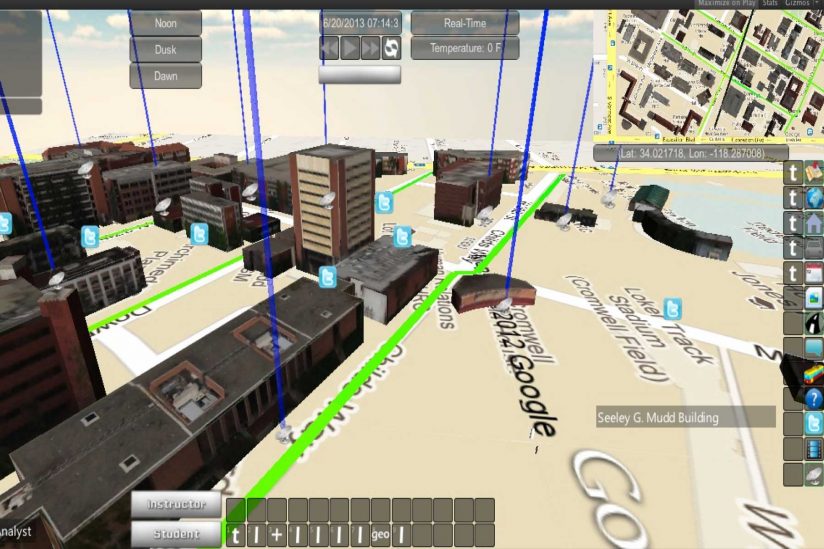
USC engineer uses offbeat approach to solve complex questions
When it’s time to make decisions, we typically gather the necessary information, come up with different options and pick the best one. But what if the decisions are about complex engineering problems and involve a number of people from diverse backgrounds? Azad Madni uses a novel approach: interactive storytelling.
“Stories in literature are meant to engage you and evoke certain emotional responses from you,” said Madni, executive director of the Systems Architecting and Engineering program and professor of astronautics at the USC Viterbi School of Engineering. “Here, in complex systems engineering, stories are purposeful, interactive narratives constructed around the system being designed.
“Instead of a free-flowing adventure, stories in engineering strive to achieve certain desirable outcomes, in terms of desired system behaviors, with a minimum of unintended consequences. And we do that in the most engaging way possible to sustain team involvement.” That, Madni said, helps engineers understand the needs of a problem’s stakeholders.
Virtual worlds
To create a story, Madni begins by using system models and data pertaining to each of the involved components to create and populate a virtual world.
Take the example of an aircraft that needs to be rerouted to land on a different runway due to inclement weather. Using data about flights, weather and ground personnel, as well as capabilities and constraints of the plane, runway and geographical location, a 3-D rendering is brought to life using a video game engine. Users can view and interact with the scenes, causing the story to unfold in particular ways. They can explore different scenarios based on their own what-ifs: What if the weather gets worse? What if that backup runway is unavailable? What if the airport at the destination is understaffed?
After observing how each story plays out from different perspectives, users are better equipped to make informed, collective decisions in the real world.
Madni likens this approach to taking “sneak peeks” into the future. You can collaboratively explore alternate futures with different assumptions and technologies.
Azad Madni “You can collaboratively explore alternate futures with different assumptions and technologies. You can decide which outcomes you like or want, and which you don’t,” he said. “You use that knowledge to share proposed fixes and introduce those that you agree on as a group.” Madni has been engaged in advancing this field for well over a decade, improving upon his virtual world construction and visualizations as technology has progressed. “I use video games and storytelling as engineering tools and tradeoff decision aids to engage stakeholders, to get things better understood and to explore uncertain futures,” Madni said. “If a picture is worth a thousand words, and a model is worth a thousand pictures, then a story is worth a thousand models.”